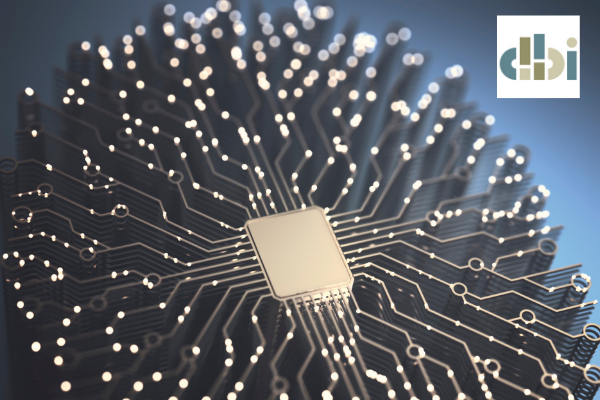
As in many other industries, artificial intelligence is revolutionizing architecture and design. AI-based technology makes it easier for design teams to collaborate, improve efficiency, improve profitability, and more. Here are three current trends in artificial intelligence affecting architecture and design right now.
Neural Network Application
In architecture, neural networks consist of three layers: an input layer, an output layer, and a hidden layer that acts as an intermediary. Neural networks receive data, recognize patterns, identify problems, and propose solutions. An integral part of deep learning is that neural networks act in a similar way to neurons in the human brain. Neural network applications can have many benefits in design. For example, they can mitigate utility crashes, improve engineering and construction efficiency, improve energy performance, and improve decision-making.
AI-Powered Generative Design
In recent years, AI-powered generative design, such as the Spacemaker platform, has significantly influenced city-building, urban planning, and other areas of design. The AI-powered generative design allows the design team to test their ideas faster, enabling them to make better decisions during their projects’ early stages. Also, generative design can help design teams keep their process outcome-oriented, optimize investments, and facilitate more sustainable practices. By assuming many of the design process’s analytical responsibilities, AI-powered generative designs allow architects and their team to focus more exclusively on design’s creative aspects.
Digitalization
Digitalization is one of the biggest trends right now in design and architecture. Digitalization has also started to affect the construction side of building development. Through technology such as augmented reality, building information modeling, virtual reality, and blockchain, digitalization has revolutionized all areas of design and construction. Digitalization has made remote work a more viable option in the industry by allowing for remote collaboration. It has also allowed design teams to visualize their project better, identify problems better, and find quicker solutions. Digitalization has also made it easier to analyze job sites for safety and health risks. Other benefits of digitalization include less paperwork, improved planning capabilities, and more effective job training.
There are many trends related to artificial intelligence that is changing the way design teams work. Neural network applications have improved the speed and responsiveness of problem-solving, generative design has dramatically improved decision-making in the early stages of design, and digitalization has allowed for better collaboration and visualization of projects. As these trends become more prevalent in the industry, it is critical to leverage these changes to help your firm succeed.
Are you looking for top talent in architecture or interior design?
Contact us to discuss how we can bring top leadership talent to your firm. David Brown International is s a global leader in executive recruiting and placement of top tier talent in Architecture, Design, and Technology. Our mission is to create a lasting legacy of success, growth, and profitability for our clients, candidates, and employees.
Are you a professional looking for a new opportunity?
Contact us to discuss your career options or browse our open positions.